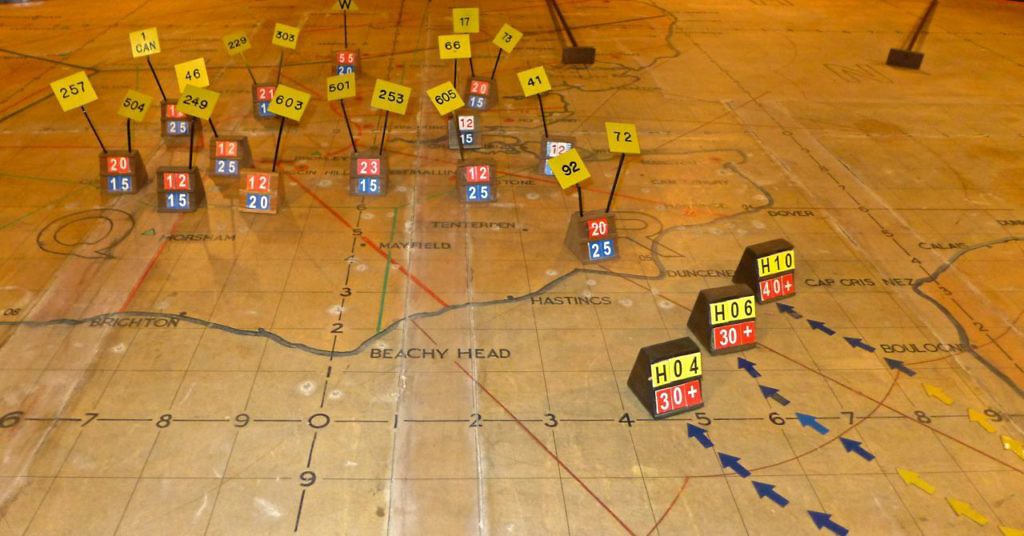PsiOxus is a cancer immunotherapy company to watch – Part 2 of an interview with CEO John Beadle
Like the Battle of Britain, the cancer immunotherapy landscape is a dynamic one where tactical decisions can make the difference between “winning” and “losing.”
As Bristol Myers recently found out in first-line NSCLC, if you choose the wrong trial design or adopt an overly-aggressive strategy, you can end up losing badly (see post: Detailed thoughts on BMS CheckMate 026 1L trial in NSCLC)
A recent trip to the operations bunker at former RAF Uxbridge, from where the fighters of 11 Group were directed, shows how close we came to losing the Battle of Britain. Had the German Luftwaffe continued to target RAF airfields instead of diverting their efforts on London, the outcome of the war is likely to have been quite different.
History provides a valuable lesson that strategy and tactics can and do matter; in R&D the targets you choose and how effectively you execute on a plan can make a big difference to outcome.

Pictured: the RAF 11 Group Operations plot as it looked on September 15, 1940.
In Part 2 of the BSB interview with PsiOxus Therapeutics CEO Dr John Beadle, we discuss corporate strategy, and some of the challenges faced by an emerging Biotech company, many of which are likely to be shared by other small companies in the field.
Subscribers can login to read more or you can purchase access.
This content is restricted to subscribers